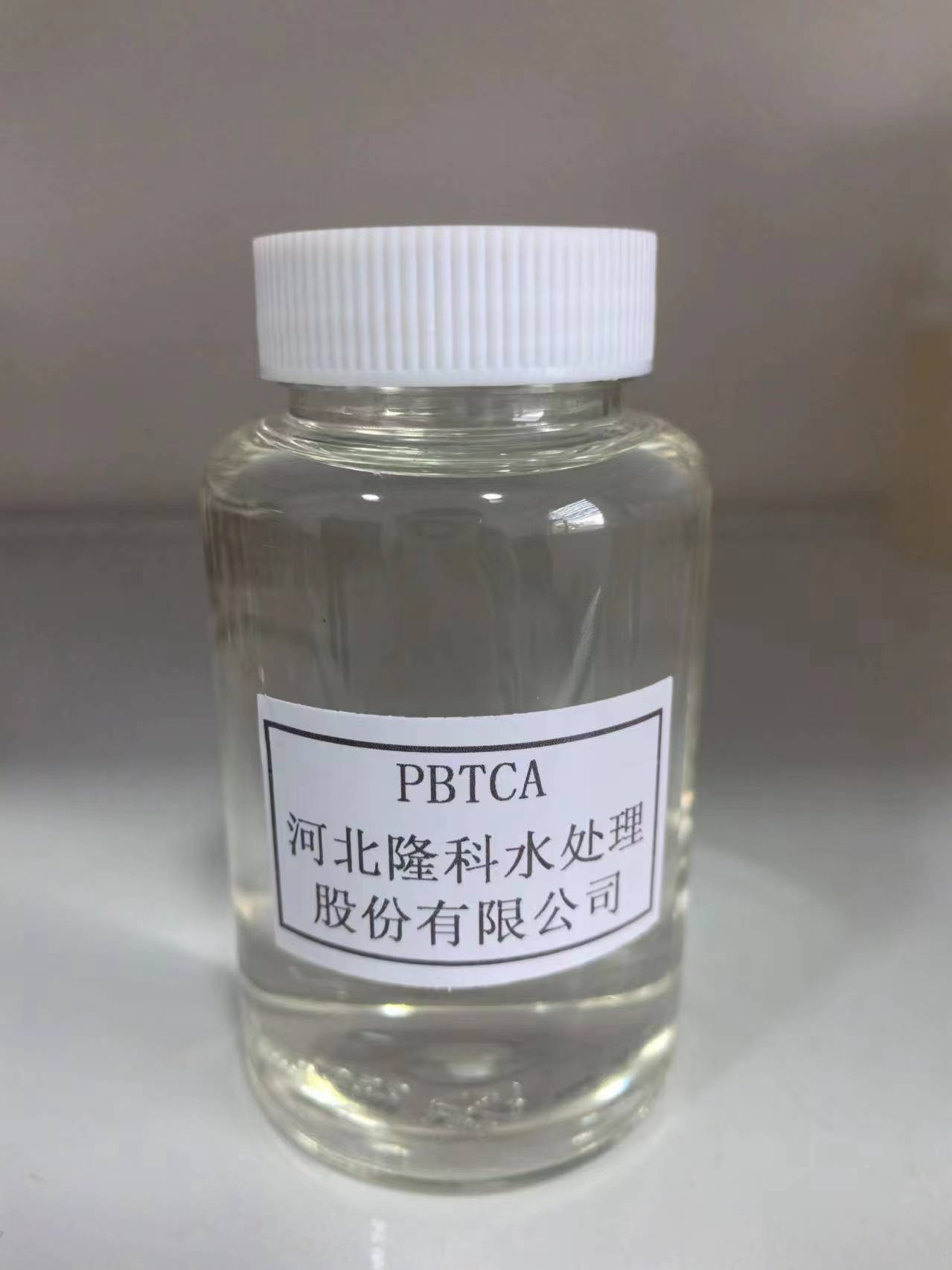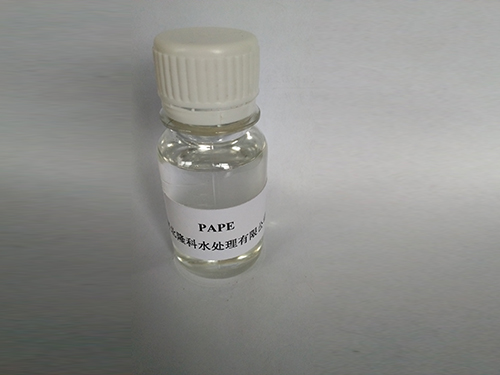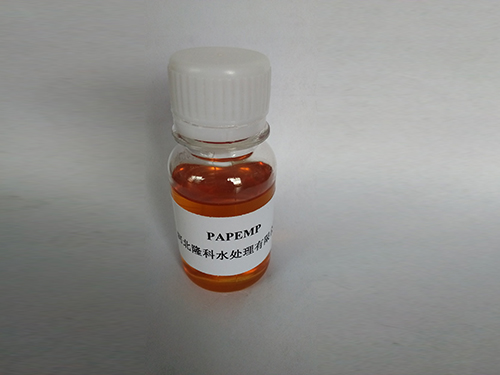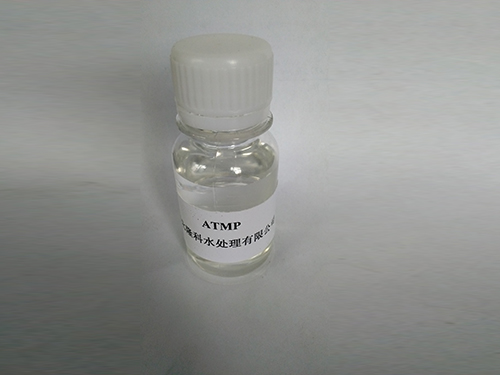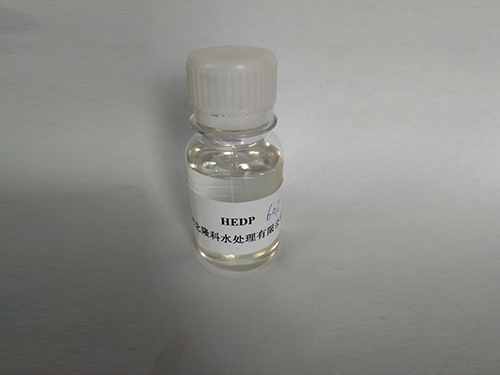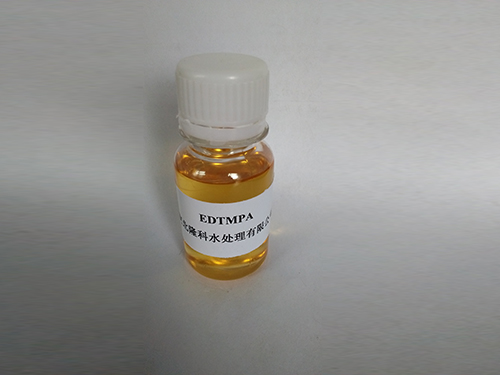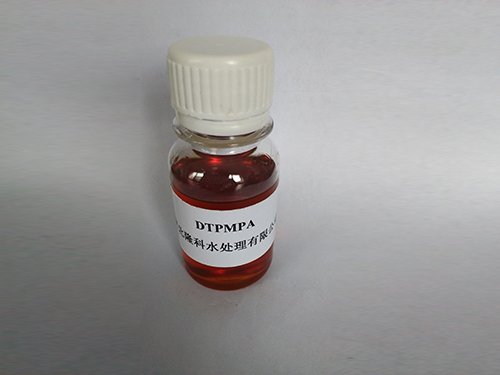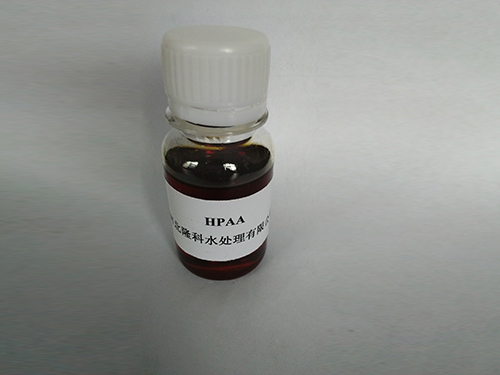
CAS No. 181828-06-8,35608-40-6 Molecular weight: 1000-5000
Molecular Formula: C4H5RARA3M (C4H4RARA3M) m (C4H4RARA3M) nC4H4RARA3M2
Ilana igbekalẹ:

Awọn ohun-ini:
PASP jẹ iru awọn ohun elo biopolymer, eyiti awọn ohun elo ti o ni ọpọlọpọ amido bond, carboxyl ati awọn ẹgbẹ miiran ti nṣiṣe lọwọ. Amido peptide bond ni iṣẹ ṣiṣe ti ibi ati iduroṣinṣin kemikali giga, lile lati decompose ni iwọn otutu giga; ẹgbẹ carboxyl le jẹ eka pẹlu ọpọlọpọ awọn ions irin ninu omi, eyiti o ṣe PASP ni iṣẹ ṣiṣe kemikali giga ni ojutu olomi; ni kọọkan igbekale kuro ti PASP, awọn atẹgun atẹgun ati awọn ọta nitrogen le ni irọrun ṣe awọn ifunmọ hydrogen pẹlu awọn ohun elo omi, o ni hydrophilicity ti o dara ati omi solubility. Awọn pataki molikula be ti PASPṣe idaniloju pe o ni agbara pipinka ti o dara, awọn ohun-ini idilọwọ ipata, biodegradability ti o dara julọ ati awọn abuda ore ayika.
Ni pato:
| Awọn nkan | Atọka |
|---|---|
| Ifarahan | Yellow to umber olomi |
| Akoonu to lagbara% | 40.0 iṣẹju |
| Ìwúwo (20℃) g/cm3 | 1.20 iṣẹju |
| pH(1% water solution) | 9.0-11.0 |
Lilo:
Gẹgẹbi awọn iwuwo molikula oriṣiriṣi ti PASP, o le ṣee lo ni itọju omi, ogbin ati igbo, ilokulo epo, awọn ohun elo ati awọn aaye miiran.
I. Itoju omi
-
PASP has characteristic of polyanion surfactant, which can be chelated with magnesium, copper, iron, cobalt and other polyvalent metal ions after hydrolysis. It has excellent scale inhibition and dispersion properties. As scale and corrosion inhibitor, PASP is widely used in industrial circulating water, boiler water, reverse osmosis water, oil recycled water, desalination water treatment, especially for water treatment systems of high hardness, high alkalinity, high pH and high concentration.
-
PASP has good scale inhibition on CaCO3, Ọran4, BaSO4, Ca3(PO4)2 , ati be be lo.
-
PASP is an alternative of phosphor-containing Water Treatment Chemicals and has better scale inhibition effects. PASP can avoid eutrophication and second pollution in water system.
II. Ogbin ati Igbo
-
PASP can be used as fertilizer synergist in agriculture. Adding it into urea can improve fertilizer efficiency by 20-40% and reduce the fertilizer dosage;
-
Adding PASP in the production process for fertilizer can increase fertilizer granulation level, increase the number of standard particles to 97%, thereby enhancing the rate of finished products and reduce loss;
-
PASP can improve the nutrient absorption of grain, vegetable, melon and fruit, and flowers, promote root growth, increase crop yields, enhance plants and its stress resistance;
-
PASP can be used with phosphorodithioate and other pesticides to enhance pesticide effect, crop yields and improve crop quality;
-
PASP can form complex with heavy metals in the soil, displace heavy metals from the soil, in order to achieve the purpose of restoration of soil pollution.
III. Lilo epo
-
PASP can form chelation with calcium, magnesium, copper, iron and other metal ions to attach to the metal surface of the container to prevent metal corrosion. It is an excellent corrosion inhibitor, especially for preventing oil pipeline corrosion caused by carbon dioxide;
-
PASP with molecular weight around 10000 can reduce fluid viscosity. In bentonite mud, when the dosage of PASP is 0.4%, the viscosity reduction rate can be over 70%;
-
O ni resistance to dara si iyọ ati kalisiomu;
IV. Awọn ohun elo ifọṣọ
-
PASP has characteristics of anionic surfactant and good chelation, dispersion properties. It can soften water, dispersing, anti-fouling, and prevent re-contamination of the greasy dirty off the clothes during the washing process;
-
O le wa ni adsorbed lori dada ti dinnerware, se mouldy, Abajade ni dara ninu ipa. O jẹ paati pataki ti ohun elo fifọ satelaiti fun mimọ ti awọn ipele lile;
V. Awọn ohun elo miiran
Nitori pipinka ti o dara si inorganic ati Organic compouds, PASP has been applied with different degree in pharmaceuticals, pigments, paints, leather, inorganic chemicals, oilfield chemicals and other fields.PASP is called "third-generation polyurea", it can be used to produce protective coatings of high weather resistance, high resistance to chemical corrosion, fast-curing paint, and applied directly to fast curing coatings on the metal substrate and industrial flooring, etc., ; it can be used in the tanning process as tanning agents, produces biodegradable leather; pharmaceutical carrier material made from PASPhas been widely used in family planning, anti-tumor drugs making etc.
Package ati Ibi ipamọ:
200L ṣiṣu ilu, IBC(1000L), onibara 'ibeere. Ibi ipamọ fun oṣu mẹwa ni yara ojiji ati aaye gbigbẹ.
Idaabobo Abo:
PASP jẹ ipilẹ, san ifojusi si aabo iṣẹ nigba ṣiṣe, yago fun olubasọrọ pẹlu awọ ara, oju, bbl, fi omi ṣan pẹlu ọpọlọpọ omi lẹhin olubasọrọ.
Awọn itumọ ọrọ sisọ:
Iyọ iṣu soda ti Polyaspartic Acid; Iṣuu soda PASP; polyaspartate; Iyọ iṣu soda ti Polyaspartic Acid (PASP)
Iyọ iṣu soda ti Polyaspartic Acid (PASP)







